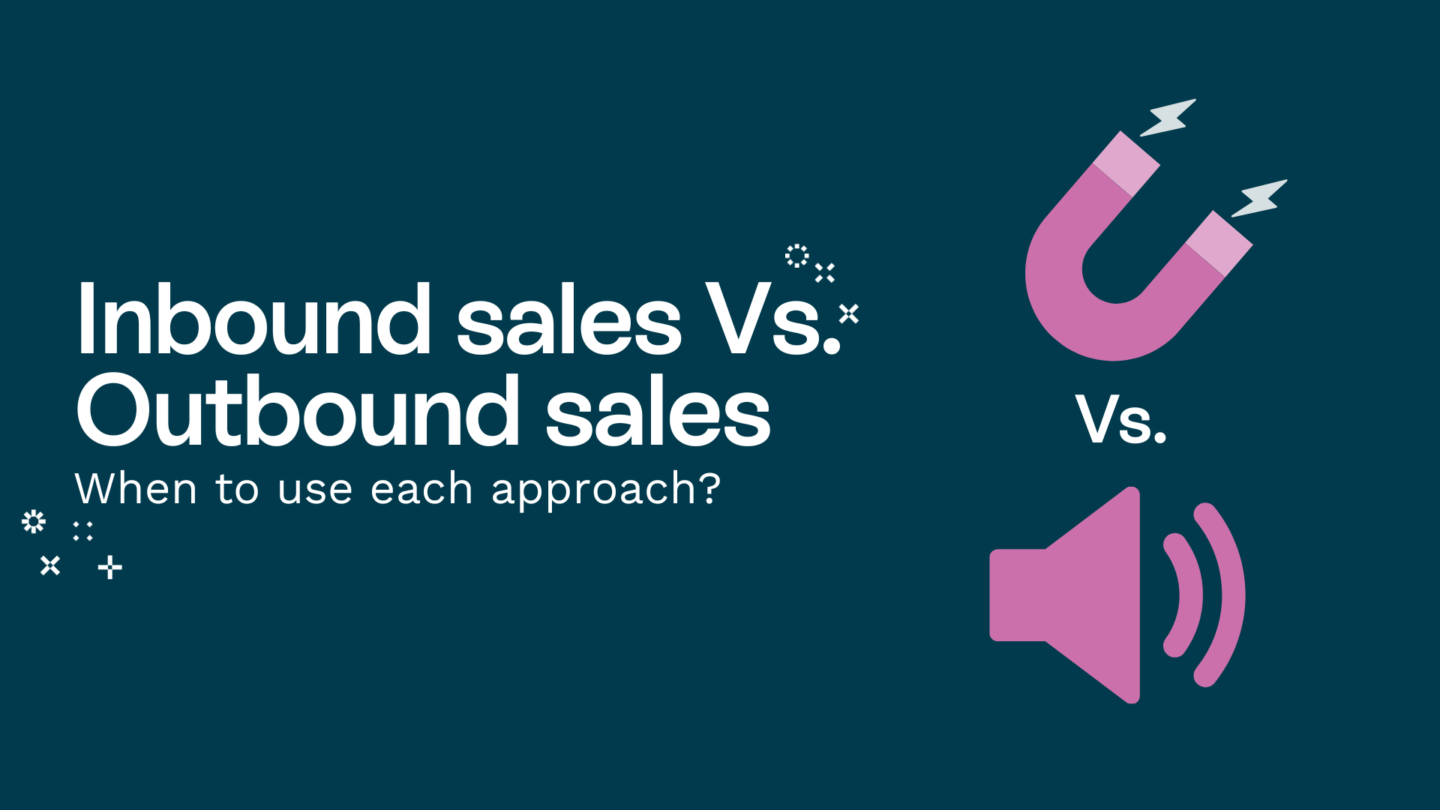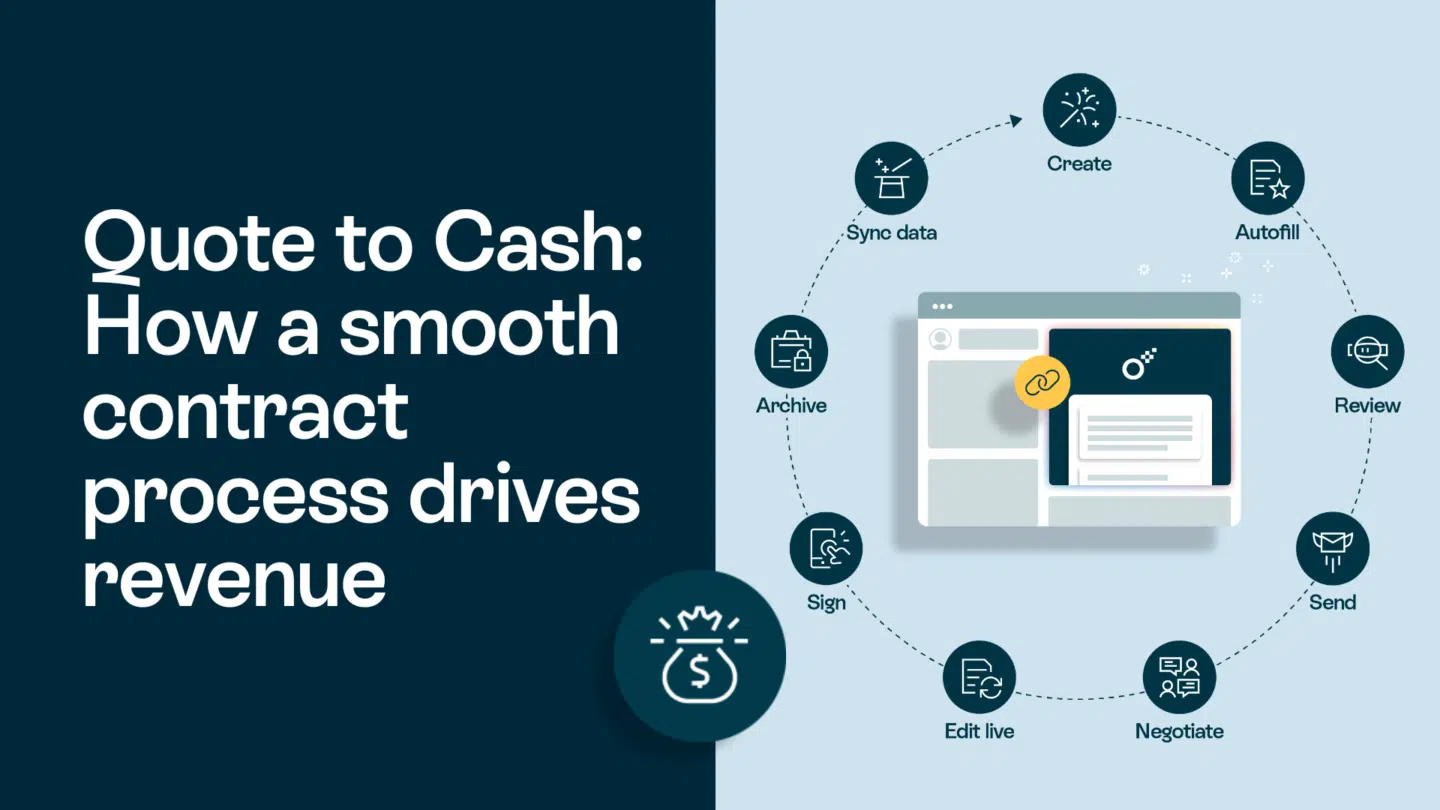Electronic signatures are becoming increasingly popular in the business world as more transactions are conducted digitally. The question of whether or not electronic signatures are legally recognized in The Netherlands is one that has caused many people to wonder. This article aims to provide a comprehensive answer to that question by explaining what electronic signatures are, the legal framework governing electronic signatures in The Netherlands, and their various use cases in the country.
Understanding Electronic Signatures
Definition of Electronic Signatures
An electronic signature, as defined by the European Union’s eIDAS regulation, is data attached to or logically associated with other electronic data, which indicates the signatory’s intention to adopt that data.
In simpler terms, an electronic signature is a digital representation of a person’s signature that they have either typed or drawn on an electronic document using a computer or other digital device. It is used to legally signify their agreement to the document in question, and can be used to sign a wide variety of documents including contracts, agreements, and legal documents.
Electronic signatures have revolutionized the way we sign documents. Before the advent of electronic signatures, signing a document required printing it out, signing it by hand, and either scanning and emailing it back or sending it through the mail. This process was not only time-consuming but also environmentally unfriendly, as it required the use of paper and ink. With electronic signatures, signing a document can be done in a matter of seconds, with no need for printing or shipping physical documents.
Types of Electronic Signatures
There are three types of electronic signatures: Simple Electronic Signatures (SES), Advanced Electronic Signatures (AES), and Qualified Electronic Signatures (QES).
An SES is the simplest type of electronic signature and can be as simple as a typed name at the end of an email. While an SES is legally binding, it is not as secure as the other types of electronic signatures.
AES involves additional security measures such as password protection to ensure that the signatory is who they claim to be. AES is more secure than SES and is commonly used for signing important documents such as contracts and agreements.
|
Read also:
QES is the most advanced type of electronic signature and involves the use of a secure signature creation device. QES is the most secure type of electronic signature and is commonly used for signing legal documents that require the highest level of security.
Read also: A Basic Guide on Electronic Signatures and What Makes Them Legal

Is Electronic Signature Legally Recognized: Benefits of Electronic Signatures
There are numerous benefits to using electronic signatures over traditional, handwritten signatures. Firstly, electronic signatures are fast and efficient, allowing for documents to be signed and delivered instantly. This can be especially useful in situations where time is of the essence, such as when signing a contract or agreement.
Secondly, electronic signatures are secure, with built-in security measures that ensure that the signatory is who they say they are. This helps to prevent fraud and ensures that the document is legally binding.
Finally, electronic signatures are environmentally friendly and cost-effective, as they eliminate the need for printing and shipping physical documents. This can save both time and money, as well as reduce the environmental impact of document signing.
Overall, electronic signatures have revolutionized the way we sign documents, making the process faster, more secure, and more environmentally friendly. As more and more businesses and individuals adopt electronic signatures, it is clear that they are here to stay.
Legal Framework for Electronic Signatures in The Netherlands
The Netherlands has a well-established legal framework for electronic signatures that provides for their legal recognition and sets out rules governing their use. This framework is based on both European Union regulations and Dutch law.
eIDAS Regulation
The eIDAS regulation, which applies across all member states of the European Union, including The Netherlands, establishes a legal framework for electronic signatures. It provides definitions of the different types of electronic signatures and sets out rules governing their use. The eIDAS regulation aims to promote the use of electronic signatures and increase their acceptance across the European Union.
Under the eIDAS regulation, there are three types of electronic signatures: simple electronic signatures, advanced electronic signatures, and qualified electronic signatures. Simple electronic signatures are the most basic type and are often used for low-risk transactions. Advanced electronic signatures require additional security measures and are used for transactions that require a higher level of security. Qualified electronic signatures are the most secure type and are used for transactions that require the highest level of security.
E-signature in the Netherlands: Dutch Civil Code
In addition to the eIDAS regulation, Dutch law also provides for the legal recognition of electronic signatures. The Dutch Civil Code recognizes electronic signatures as being legally equivalent to handwritten signatures in many cases. This means that electronic signatures can be used in a wide range of legal transactions, including contracts, agreements, and other documents.
The Dutch Civil Code also sets out rules governing the use of electronic signatures. For example, it requires that electronic signatures be created using a reliable method and that the signer has control over the creation of the signature. These requirements help to ensure the integrity of electronic signatures and increase their acceptance in legal transactions.
Read also: Top 7 risks of not using electronic signatures

Dutch Electronic Signatures Act
The Dutch Electronic Signatures Act, passed in 2003, provides a legal framework for the use of electronic signatures in The Netherlands. The act sets out rules governing the use of electronic signatures in various contexts and specifies the technical requirements for different types of electronic signatures.
The Dutch Electronic Signatures Act also provides for the legal recognition of qualified electronic signatures. This means that qualified electronic signatures are legally equivalent to handwritten signatures and can be used in a wide range of legal transactions, including contracts, agreements, and other documents.
Overall, the legal framework for electronic signatures in The Netherlands is well-established and provides for their legal recognition and use in a wide range of legal transactions. This framework is based on both European Union regulations and Dutch law, and helps to promote the use of electronic signatures and increase their acceptance in legal transactions.
Types of E-signatures Recognized in The Netherlands
The use of electronic signatures has become increasingly popular in recent years, providing a more efficient and environmentally friendly way of signing documents. In The Netherlands, there are three types of electronic signatures recognized under Dutch law: Simple Electronic Signatures (SES), Advanced Electronic Signatures (AES), and Qualified Electronic Signatures (QES).

Simple Electronic Signatures
SES are the most basic type of electronic signature and are often used for simple agreements that do not require a high level of security. They are commonly used for internal company documents and non-disclosure agreements. SES are legally recognized in The Netherlands, and they are created using electronic methods such as typing a name or using a mouse to draw a signature.
While SES are the easiest type of electronic signature to create, they do not offer the same level of security as AES or QES. Therefore, they are not recommended for documents that require a high level of security.
Advanced Electronic Signatures
AES are more secure than SES and are used for more important documents. They are recognized under Dutch law as legally binding. To be considered an AES in The Netherlands, the signature must be created using a secure signature creation device such as a smart card or USB token. This ensures that the signature is unique to the signer and cannot be replicated or tampered with.
AES are commonly used for contracts, invoices, and other important documents that require a higher level of security than SES. They provide a higher level of assurance that the document has not been altered since it was signed.
Qualified Electronic Signatures
QES are the most secure type of electronic signature and are used for high-value, legally binding documents such as contracts and deeds. They are created using a secure signature creation device and are recognized as legally binding under Dutch law.
QES provide the highest level of security and assurance that the document has not been altered since it was signed. They are commonly used for documents that require a high level of security, such as contracts for real estate transactions or legal agreements.
In conclusion, electronic signatures offer a more efficient and secure way of signing documents. The type of electronic signature used depends on the level of security required for the document. SES are the most basic type of electronic signature, while AES and QES offer a higher level of security and assurance that the document has not been altered since it was signed.
Use Cases for Electronic Signatures in The Netherlands
Business Contracts
Electronic signatures are widely used in The Netherlands for business contracts, as they provide a fast and efficient way to sign and deliver documents. They are legally recognized and binding under Dutch law.
Employment Agreements
Employment agreements in The Netherlands can also be signed using electronic signatures. They are legally recognized as long as they meet the technical requirements outlined in the Dutch Electronic Signatures Act.
Read also: All you need to know about Oneflow electronic signatures and the eIDAS regulation

Real Estate Transactions
Electronic signatures are commonly used in real estate transactions in The Netherlands, as they provide a fast and secure way to sign and deliver documents. They are legally recognized under Dutch law.
Government Services
The Dutch government also recognizes electronic signatures for use in various government services, including tax documents and permits. Electronic signatures are legally recognized as long as they meet the technical requirements outlined in the Dutch Electronic Signatures Act.
Conclusion
Electronic signatures are legally recognized in The Netherlands, and there are various types of electronic signatures recognized under Dutch law. They are commonly used in a variety of contexts, including business contracts, employment agreements, real estate transactions, and government services. As businesses continue to embrace digital solutions, electronic signatures will likely become even more widely used in The Netherlands and around the world.







